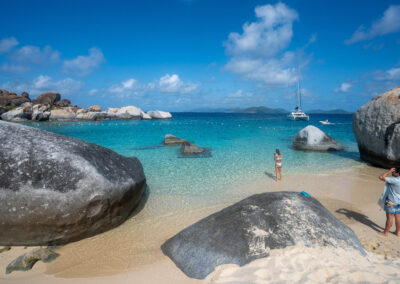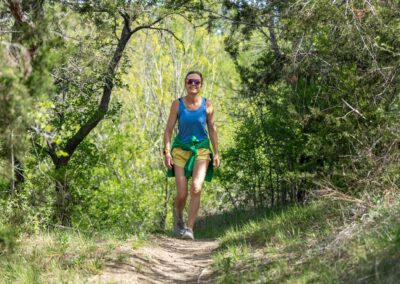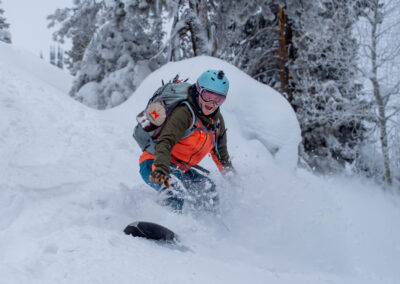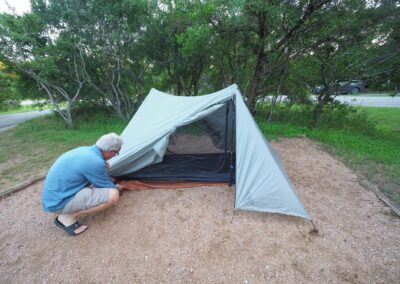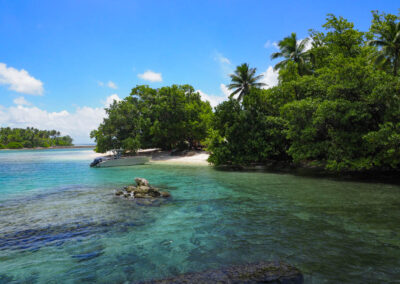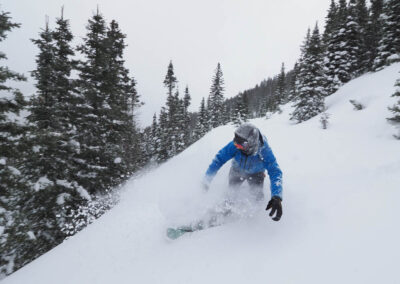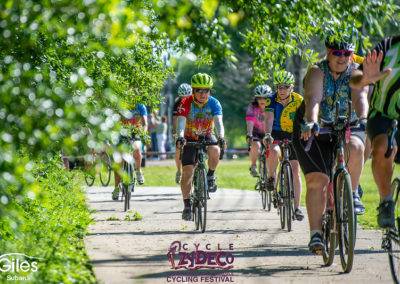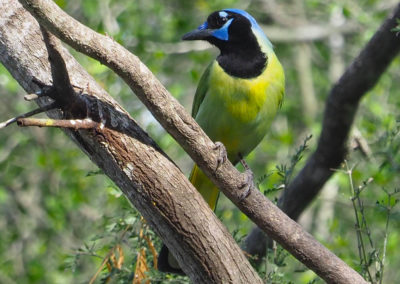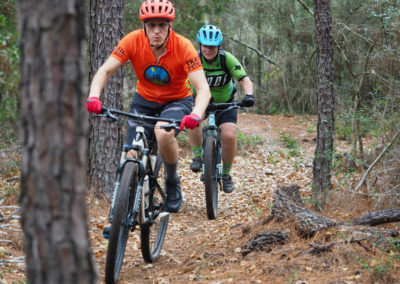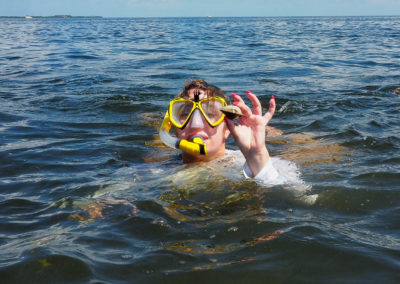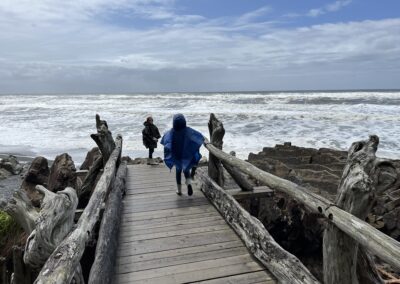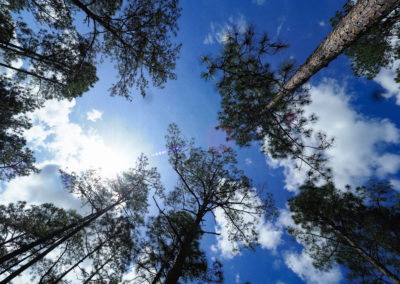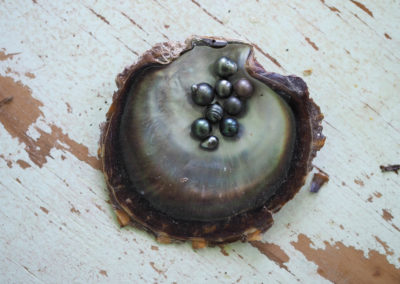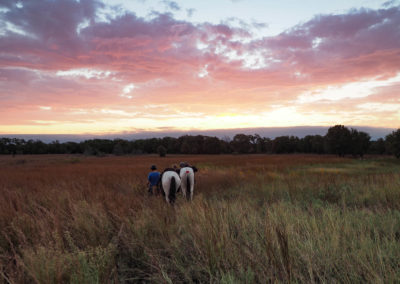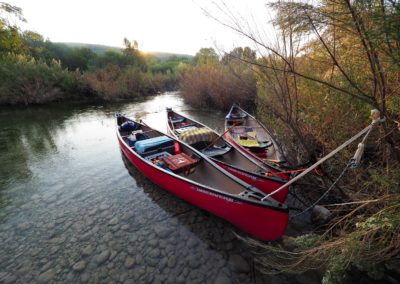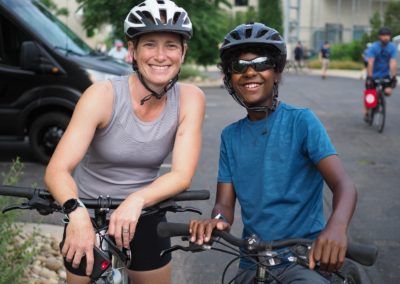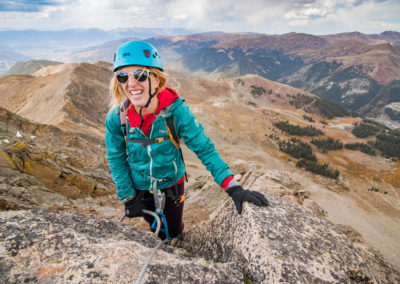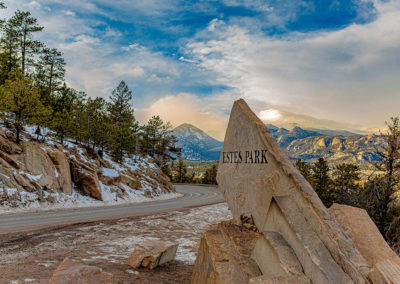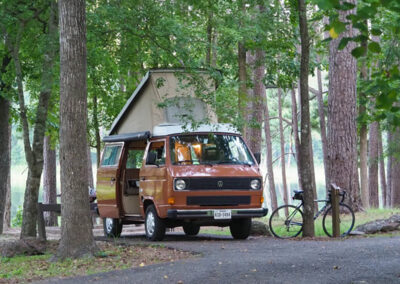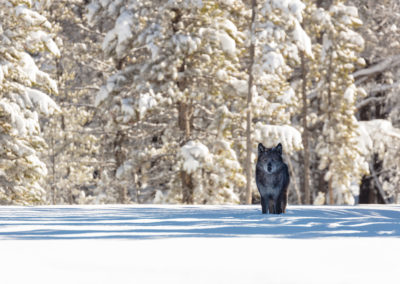
Pam LeBlanc swings over treetops on the island of Moorea. Chris LeBlanc photo
I’m soaring above the treetops high on a hillside of Moorea, and I can’t believe the view.
From my perch on this wooden swing, slung between two towering pines, I can see a pineapple plantation far below, and beyond that, two turquoise blue bays separated by a lime green, pyramid-shaped mountain.
Above it all, a pair of graceful white-tailed tropicbirds dips and dives, their long white tail feathers swirling like streamers.
I kick my legs out like a kid, then fold them beneath me, trying to swing higher inside this circle of lush, jagged hills. Can I please stay here forever?
My husband and I came to French Polynesia mainly to scuba dive, but this looking-down-on-Whoville moment will stick with me a long time.
RELATED: Seminole Canyon rock art is a lens to history
The best part? There’s no one else around, probably because it’s a hot, steep trek to get here –– which, in my opinion, makes it even better. I like a good reward for a sweaty effort.
A guided hike in Moorea
We signed up for a hiking excursion with Mana Mountain Moorea, which offers hiking trips for all ability levels. Among the offerings are a trip up Mont Rotui, that impossibly emerald-colored triangle in front of me, and Mount Tohivea, the highest point in all of Moorea at 3,959 feet, which looms to one side.
The company’s owner, Fabien Htt, picked us up from Green Lodge, where we are staying, one morning. We drove about 45 minutes to a parking area near Tiki Parc, a collection of zip lines that crisscrosses the forest. There, we met Asher Kora, our guide for the day.
RELATED: Discover the diversity of LBJ Grasslands
We loaded our day packs with water and a few snacks, stuffed in our raincoats (December marks the start of the wet season in Moorea), and headed up the trail into the Opunohu Valley.

Emerald green moss grows on the fluted trunks of Tahitian chestnut trees. Pam LeBlanc photo
After we passed through the zip line park, we reached a field of pineapples, each pint-sized, prickly fruit impaled on the top of the plant’s main stalk. The trail then tucked back into the forest, where Tahitian chestnut trees, with fluted, moss-covered trunks, created a canopy so thick it felt like we were under a roof. Native people once used the trees as a form of communication, Kora told us, thumping on the thick, buttressed sections of trunk to send messages.
Archeological sites in the hills
After a few minutes, we reached the first “marae,” a stone platform used for social and religious ceremonies hundreds of years ago. Like the curtain of trees around us, the ruins, considered sacred, were flocked in green moss, giving them an almost eerie look. Besides weddings, funerals and other important occasions, the maraes –– more than 100 of them are scattered in this lush valley –– were the site of archery competitions among the nobles.

Ancient sites called marries were used for celebrations and important occasions. Pam LeBlanc photo
We tramped on, emerging after an hour into a paved parking area and an adjacent viewpoint called Belvedere Overlook. You could drive to this point if you wanted, but you’d miss the archaeological ruins, the scampering skinks in the leaf litter, and the quiet hush that comes with walking the twisty trail.
We stopped a few minutes to take in the scenery, then returned to the path. We detoured down to a small waterfall, where a huge tree had fallen since Kora’s last visit, then struck out on a series of switchbacks, inching our way up the ridge.

A variety of ferns grow on the island of Moorea in French Polynesia. Pam LeBlanc photo
Forty-five minutes later, we crested the hill, and I knew we’d arrived at a special spot. We got a bonus at the Pass of the Three Pines, too: The most spectacular swing I’ve ever seen in my life.
We spent 45 minutes, taking turns on the swing, swooshing high over the painter’s palette of green, just trying to soak it all in.
Lost in the forest

Hiking guide Asher Kora led us through the forest of Moorea. Pam LeBlanc photo
The hike back down went quickly. We weaved through more chestnut trees and the occasional banyan tree, with its thick, braided trunk, past the pineapple field and finally onto the road, where Htt met us with glasses of cold lemonade served in cups made of bamboo stalks. Lunch was part of the deal, so he motored us to his home, tucked on a grassy lawn in the foothills. There my husband and I settled in on another swing –– this one built for two, with a table full of cheese, raw fish in coconut milk, and cups of rum punch set in front of it.
We gazed back at the mountains from where we’d come, trying to pinpoint the location of that magical swing. The hills seemed to have swallowed it whole, wrapping it in mist to keep it safe for the next hikers that make the trek.










